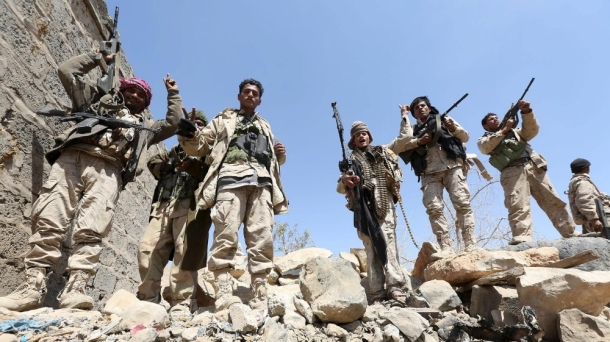
* Please note that the following is a translation of a summarized version of the Arabic report written by Saeed Thabit Saeed, Aljazeera Bureau Manager in Yemen, here:
http://studies.aljazeera.net/ar/reports/2016/09/160922093418399.html
The paper reviews the emergence and process of the Islah (Reform), a Muslim brotherhood party and al-Rashad (Guidance) a Salafi party. These parties, along with other Islamists, have experienced intellectual reassessments amid growing threats targeting the geopolitical future of Yemen. The paper touches on the relation between these parties within the country’s political spectrum and its regional outskirts in the Yemeni post-revolution era.
The Houthi (Ansarullah) group will not be reviewed since it is a militia-based body founded on sectarian origins linked to several regional powers. In short, it is perceived as one of the counter-revolutionary tools in Yemen.
Most studies indicate that the Yemeni Salafi movement’s first emergence came under the leadership of Sheikh Muqbil Bin Hadi, late in the second half of the seventh decade of the last century. A historical parallel occurred when the return of Sheikh Muqbil posed a resemblance to the Iranian revolution breakout that sought to export the revolution to other Arab and Islamic countries. The Salafi group began their activities in al-Makalla under the guise of a charity organization.
Opposition under control: The Yemeni Alliance for Reform is defined as a popular political organization that seeks reform in all walks of life in the light of Islam and its guiding rules. The party’s first political confrontation with deposed president Ali Abdullah Saleh occurred during Yemeni presidential elections in 2006.
Ramifications and transformation: The relation between Islah and the former regime has been marked with conditional support combined with calculated opposition. The popular uprising that broke out have forced decision makers in al-Islah party to respond to their supporters’ demand for deep-rooted changes. Alternatively, al-Rashad party and the Houthi group were ideologically diverse parties, prompting the need for finding out an Islamist party that would challenge al-Islah party.
After the breakout of the current fighting in Yemen, some Saudi-led alliance countries kept opposing any role to be played by Islah party in Yemen because they had classified the party as being linked to the Muslim Brotherhood group.The Islah party is facing a major challenge posed by some regional powers for dissociating the party from the so-called the “International Muslim Brotherhood Organization”, but a number of party leaders have denied any links to the organization.
Violence and Arms
Yemen has plunged into the fray of violence and conflict after the counter-revolutionary alliance held between al-Houthi group and deposed president Abdullah Saleh, succeeded in taking control of the Yemeni capital Sana’a.
The Salafists engaged in fighting against the Houthis who were backed by Saleh militias, for defending Damaj institute which is run by the group. The Salafists were finally forced to carry arms in the absence of any central government control.
As for Salafists linked to al-Rashad party union, the group joined political activity when they were about to be annihilated by the Houthi militias after facing imminent collapse. Thus, the party opted to reconciliation and normalization of relations, both at the domestic level and with the Western countries.
_____________________________________
Saeed Thabit Saeed is Aljazeera Bureau Manager in Yemen.